1. Overview
Karl Landsteiner (Karl Landsteinerkaʁl ˈlantˌʃtaɪnɐGerman) was an Austrian-American biologist, physician, and immunologist whose pioneering work profoundly transformed medicine, particularly in the fields of immunology and transfusion. Born in Baden bei Wien in 1868, Landsteiner is best known for his groundbreaking discovery of the ABO blood group system in 1901, which categorized human blood into three main types: A, B, and O (initially labeled C). This identification of distinct blood groups, along with his later collaborative discovery of the Rhesus factor in 1937, dramatically enhanced patient safety in blood transfusions, making them a routine and life-saving medical procedure. His contributions earned him the moniker "father of transfusion medicine." Landsteiner also made significant strides in virology, notably isolating the polio virus in 1909 with Erwin Popper, a critical step that laid the foundation for combating poliomyelitis. Emigrating to the United States in 1923, he continued his impactful research at the Rockefeller Institute in New York City. For his monumental achievements, he was awarded the Nobel Prize in Physiology or Medicine in 1930 and was posthumously inducted into the Polio Hall of Fame. His birthday, June 14, is now celebrated annually as World Blood Donor Day, underscoring the enduring global significance of his work for public health and patient well-being.
2. Early Life and Education
Karl Landsteiner's early life and academic pursuits laid the foundation for his illustrious career, marked by a deep curiosity and dedication to scientific inquiry.
2.1. Childhood and Family Background
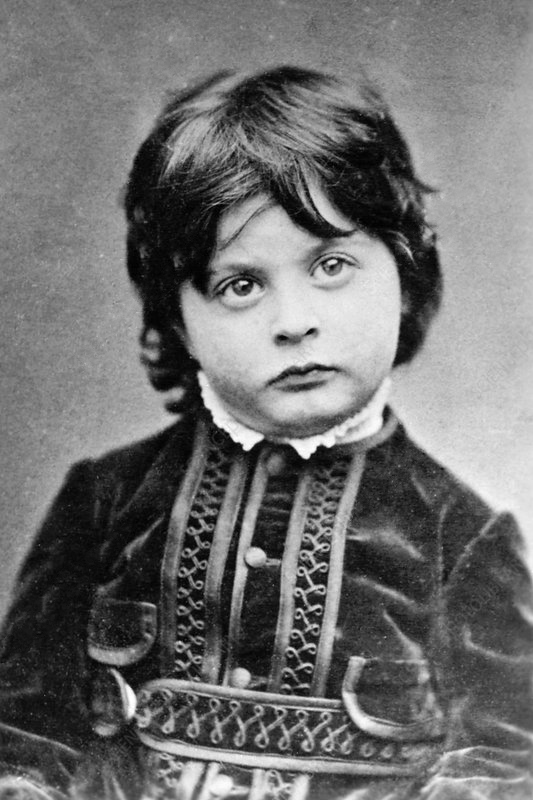
Born on June 14, 1868, in Baden bei Wien, Austria-Hungary, Karl Landsteiner grew up in a Jewish family. His father, Leopold Landsteiner (1818-1875), was a distinguished Viennese journalist, a doctor of law, and the editor-in-chief of the prominent newspaper Die Presse (Die PresseThe PressGerman). Leopold passed away when Karl was only six years old, at the age of 56. Following this loss, Karl developed a very close bond with his mother, Fanny Landsteiner (née Hess; 1837-1908), who raised him. This early personal experience may have influenced his dedication to health and well-being.
2.2. Academic Studies and Chemistry Research
Landsteiner pursued his higher education at the University of Vienna. After successfully passing his Matura examination from a secondary school in Vienna, he enrolled in medical studies. He completed his doctoral thesis in medicine in 1891. Even as a student, his scientific aptitude was evident; he published an essay exploring the effects of diet on the composition of blood.
His interest in chemistry was profound, leading him to dedicate five years, from 1891 to 1893, to specialized chemical research following his medical degree. During this period, he studied under renowned chemists, including Hermann Emil Fischer in Würzburg, Eugen Bamberger in Munich, and Arthur Rudolf Hantzsch in Zürich. His time in these distinguished laboratories resulted in several publications, some co-authored with his professors, demonstrating his early engagement in advanced scientific inquiry and his commitment to mastering the foundational chemical principles relevant to his future immunological work.
3. Early Career and Research in Vienna
Landsteiner's early professional roles in Vienna were marked by intense research activity, laying the groundwork for his most celebrated discoveries in serology, bacteriology, and virology.
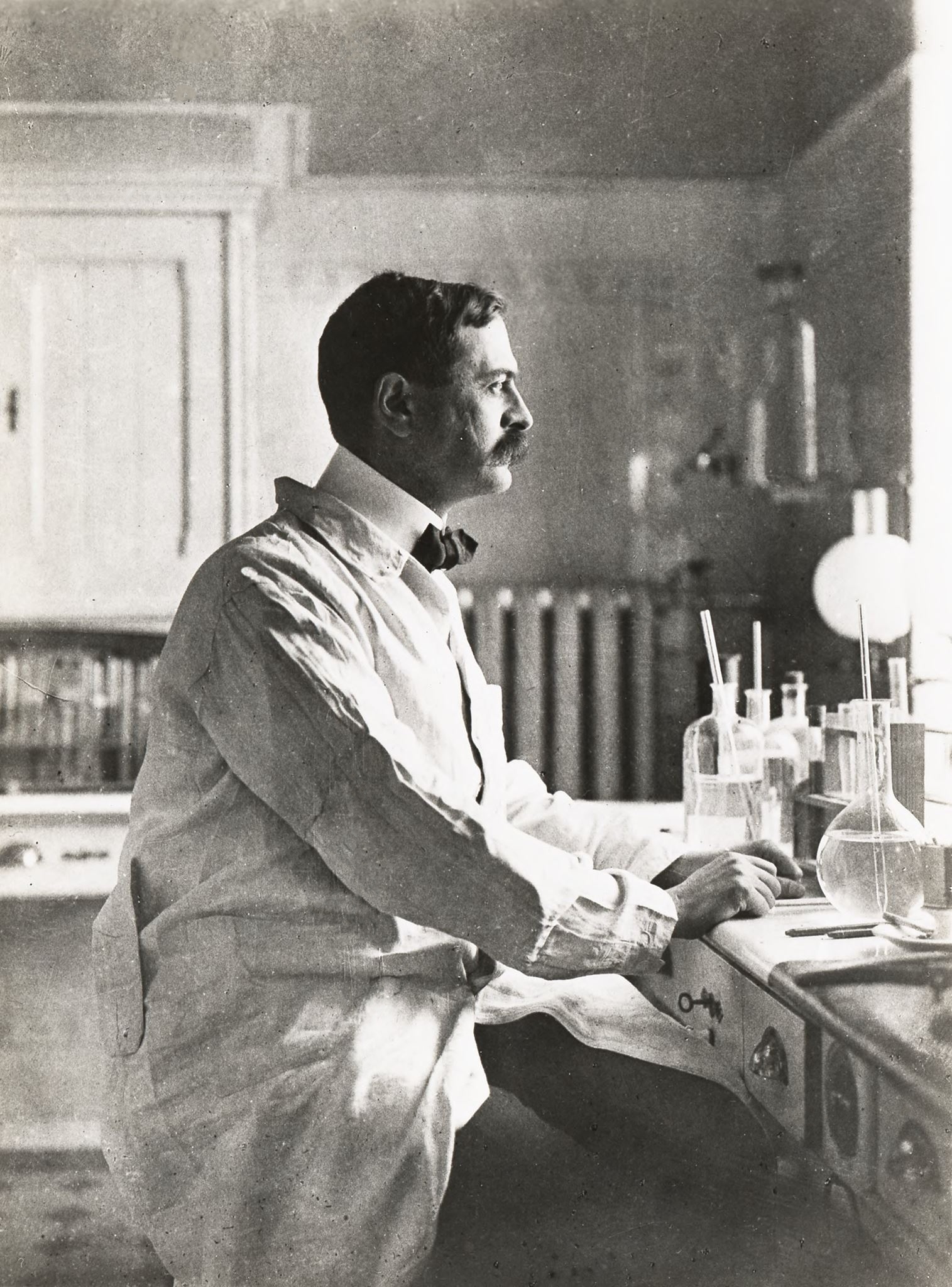
3.1. Activities at Vienna Institutes
Upon returning to Vienna after his chemistry studies, Landsteiner began his career as an assistant to Max von Gruber at the Hygienic Institute. Here, his research focused on the intricate mechanisms of immunity and the fundamental nature of antibodies.
From November 1897 to 1908, Landsteiner served as an assistant at the pathological-anatomical institute of the University of Vienna, working under Professor Anton Weichselbaum. During this prolific decade, he authored 75 scientific papers covering a wide array of topics, including serology, bacteriology, virology, and pathological anatomy. In addition to his research, he performed an astonishing 3,600 autopsies within this ten-year span, gaining extensive practical experience in discerning the causes and progression of diseases. Weichselbaum recognized Landsteiner's exceptional talent, guiding him towards his postdoctoral lecture qualification in 1903.
Subsequently, from 1908 to 1920, Landsteiner served as a prosector at the Wilhelminenspital in Vienna. His expertise was further recognized in 1911 when he was sworn in as an associate professor of pathological anatomy, solidifying his standing in the Viennese medical and scientific community.
3.2. Discovery of the ABO Blood Group System
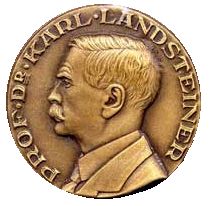
In 1900, Karl Landsteiner made the revolutionary observation that when blood from two different individuals was mixed, it often resulted in agglutination, or clumping, of the red blood cells. By 1901, he further discovered that this effect was due to the interaction between the red blood cells of one person and the blood serum of another. This led him to identify and categorize human blood into three distinct types: A, B, and O. At the time of his initial publication on November 14, 1901, he labeled the O group as C.
Landsteiner's crucial insight was that individuals with the same blood group could safely receive transfusions from each other without destructive reactions, whereas transfusions between different blood groups typically led to the destruction of blood cells. This discovery immediately transformed the practice of blood transfusion, moving it from a hazardous and often fatal procedure to a safer, more predictable medical intervention. It provided the scientific basis for matching donor and recipient blood, thereby dramatically enhancing patient safety and the efficacy of transfusions.
Based on his findings, the first successful blood transfusion guided by blood grouping principles was performed by Reuben Ottenberg at Mount Sinai Hospital in New York in 1907. Landsteiner's work clarified that individuals with blood group AB can generally accept red blood cell donations from all other blood groups (making them "universal recipients" for red blood cells), while individuals with blood group O-negative can donate red blood cells to all other groups (making them "universal donors"). These relationships stem from the fact that O-negative blood lacks both A and B antigens, preventing immune rejection by recipients with A, B, or AB blood types. Conversely, AB individuals do not form antibodies against A or B antigens, allowing them to receive blood from various types.
This groundbreaking achievement was recognized with the Nobel Prize in Physiology or Medicine in 1930. For his pioneering work that made modern blood transfusions possible and safe, Landsteiner is widely acknowledged as the "father of transfusion medicine."
3.3. Isolation of the Polio Virus
During his tenure as a prosector at the Wilhelminenspital in Vienna, Landsteiner made another monumental discovery in collaboration with Erwin Popper. In 1909, they successfully identified and isolated the polio virus (Poliomyelitis acutaLatin), demonstrating its infectious character. This was a critical breakthrough, proving that poliomyelitis was caused by a specific virus rather than a bacterium or other agent.
Their research involved transmitting poliomyelitis to monkeys by injecting them with material derived from the spinal cords of children who had died from the disease. This discovery proved to be the fundamental basis for understanding and combating polio. In recognition of this pioneering work, Landsteiner was posthumously inducted into the Polio Hall of Fame in Warm Springs, Georgia, during its dedication in January 1958, acknowledging his vital role in the long fight against this devastating disease.
4. Career Transition: Netherlands and United States
Following the profound changes wrought by World War I, Landsteiner faced a challenging economic and research environment in his native Austria. The First Austrian Republic was in a desolate economic state, which severely limited opportunities for scientific research. Recognizing that he could not continue his critical work under these conditions, Landsteiner made the decision to seek opportunities elsewhere.
He moved to the Netherlands, accepting a position as a prosector at the small Catholic St. Joannes de Deo hospital (now part of HMC Westeinde) in The Hague. To further improve his financial situation, he also took on a role at a small factory that produced old tuberculin (tuberculinum pristinumLatin). While in the Netherlands, he continued his scientific output, publishing five papers in Dutch through the Royal Academy of Sciences. However, the working conditions and research opportunities in post-war Netherlands proved to be not significantly better than those he had left in Vienna.
This led him to accept an invitation from Simon Flexner, who was familiar with Landsteiner's extensive and impactful work, to join the prestigious Rockefeller Institute for Medical Research in New York City. Landsteiner, along with his family, emigrated to the United States in the spring of 1923 when he was 55 years old, marking a significant career shift that would usher in another highly productive phase of his scientific life. He became an American citizen in 1929.
5. Later Career and Research in the United States
At the Rockefeller Institute in New York, Karl Landsteiner entered a period of sustained productivity, further solidifying his legacy through continued advancements in blood grouping and broader immunological research.
5.1. Discovery of Additional Blood Groups
Throughout the 1920s, Landsteiner intensively pursued problems related to immunity and allergy. Building upon his earlier groundbreaking work on the ABO system, he continued to refine the understanding of human blood diversity. In 1927, he made another significant discovery, identifying the M, N, and P blood groups. This further sophisticated the system of blood typing, providing more precise classifications for blood compatibility.
Shortly after their discovery, Landsteiner and his collaborator, Philip Levine, published their findings. The M, N, and P types quickly found practical application, particularly in paternity testing (also known as paternity suits), where they could help establish or exclude biological relationships.
His most notable later contribution to blood grouping came in 1937, when, in collaboration with Alexander S. Wiener, he identified the Rh factor (Rhesus factor). This discovery was pivotal because incompatibilities involving the Rh factor could lead to severe and often fatal reactions in transfusions, particularly for Rh-negative recipients receiving Rh-positive blood, and could also cause hemolytic disease of the newborn (erythroblastosis fetalis). The identification of the Rh factor provided an additional critical layer of screening for safer blood transfusions and became essential for preventing complications during pregnancy and childbirth. This discovery, sometimes cited as having occurred in 1940 with Landsteiner, Wiener, and Philip Levine, further cemented his role in refining blood typing for clinical practice.
5.2. Contributions to Immunology
Beyond his direct contributions to blood typing, Landsteiner's work at the Rockefeller Institute significantly advanced the broader field of immunology. He delved into the fundamental mechanisms of immune responses and the nature of antigens and antibodies.
His research included detailed studies on the immunological factors in syphilis, adding to the understanding of the Wassermann reaction, a diagnostic test for the disease. A key conceptual contribution was his work on haptens, which he described as small molecules that are not antigenic on their own but can elicit an immune response when bound to a larger carrier protein. He showed that these substances could determine the specificity of antigen-antibody reactions. This discovery was fundamental to understanding the chemical basis of immunological specificity and had a profound impact on the development of immunochemistry.
Landsteiner's research also provided critical insights into conditions like paroxysmal nocturnal hemoglobinuria, a rare acquired blood disorder characterized by the destruction of red blood cells. His investigations into the infectious nature of poliomyelitis in monkeys, initially limited by the availability of monkeys in Vienna, were continued in collaboration with the Pasteur Institute in Paris, further solidifying the understanding of the disease's viral cause and immune response. His collective work greatly expanded the general understanding of immunity, allergies, and the complex interactions between the body's immune system and foreign substances, laying the groundwork for many subsequent developments in diagnostics and therapeutics.
6. Personal Life
Karl Landsteiner's personal life, while less documented than his scientific achievements, included significant decisions regarding his faith and family, and a notable legal dispute concerning his public identity.
Born into a Jewish family, Landsteiner converted from Judaism to Catholicism in 1890, being baptized into the Catholic Church. In 1916, he married Leopoldine Helene Wlasto, who was of Greek Orthodox faith. She subsequently converted to Catholicism to join her husband's faith. Together, they had one son.
In 1937, Landsteiner initiated a legal action against an American publisher who had included him in the book Who's Who in American Jewry. Landsteiner's stated reason for this lawsuit was that he felt it would be "detrimental to me to emphasize publicly the religion of my ancestors." This action, though ultimately unsuccessful in the legal system, reflected his desire to separate his scientific identity from his ancestral religious background in the public sphere, especially during a tumultuous period preceding World War II when European Jews faced increasing persecution.
7. Awards and Honors
Karl Landsteiner received numerous prestigious awards and honors throughout his career and posthumously, recognizing the profound and lasting impact of his scientific contributions.
His most distinguished recognition was the Nobel Prize in Physiology or Medicine in 1930, awarded for his discovery of the human blood groups. His Nobel Lecture on December 11, 1930, was titled On Individual Differences in Human Blood.
Other notable accolades include:
- Aronson Prize** in 1926.
Beyond these formal awards, Landsteiner's legacy is also honored through global commemorations. Since 2005, World Blood Donor Day is celebrated annually on June 14, his birthday, underscoring the universal significance of his discoveries for safe blood transfusions and public health. His portrait was featured on the 1.00 K ATS banknote, which was in circulation from 1997 until the introduction of the Euro in 2002.
8. Death
Karl Landsteiner passed away on June 26, 1943, at the age of 75, in New York City. He died from a heart attack while working in his laboratory at the Rockefeller Institute, a testament to his lifelong dedication to scientific inquiry, even in his final moments.
9. Legacy and Assessment
Karl Landsteiner's contributions fundamentally reshaped medical practice and public health, leaving an enduring legacy that continues to benefit millions worldwide.
9.1. Impact on Transfusion Medicine
Landsteiner is universally acclaimed as the "father of transfusion medicine." His discovery of the ABO blood group system revolutionized blood transfusion, transforming it from a perilous and often fatal procedure into a safe and routine medical intervention. Prior to his work, uncontrolled agglutination reactions frequently led to severe complications and death, deterring the widespread adoption of transfusions. By identifying distinct blood types and understanding their compatibility, Landsteiner enabled physicians to perform transfusions without endangering patients' lives, thereby directly saving countless lives and facilitating complex surgical procedures that would have been impossible otherwise. His later collaborative discovery of the Rh factor further refined blood typing, making transfusions even safer and preventing hemolytic disease of the newborn. The global adoption of his blood grouping system has had an unparalleled impact on patient safety and the advancement of modern medical practice, solidifying his pivotal role in public health.
9.2. Commemoration and Remembrance
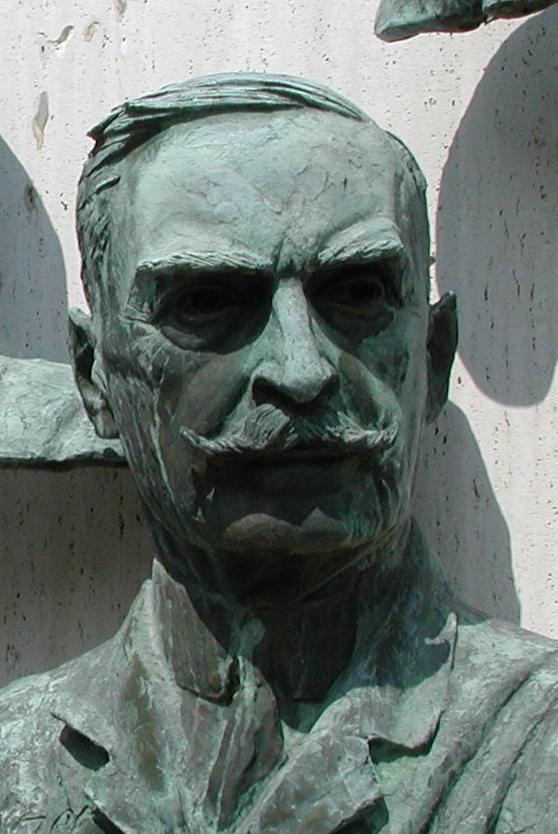
Landsteiner's profound impact is honored through various commemorations and remembrance activities. His work on the polio virus, which laid the foundation for the development of polio vaccines, was recognized with his posthumous induction into the Polio Hall of Fame at Warm Springs, Georgia, in 1958.
Perhaps the most widespread tribute to his legacy is the establishment of World Blood Donor Day on June 14, his birthday. This global event, celebrated annually since 2005, serves to thank voluntary, unpaid blood donors for their life-saving gifts and to raise awareness of the need for safe blood and blood products. It also highlights the critical importance of blood donation to public health and commemorates Landsteiner's pivotal discovery that made safe blood transfusions possible.
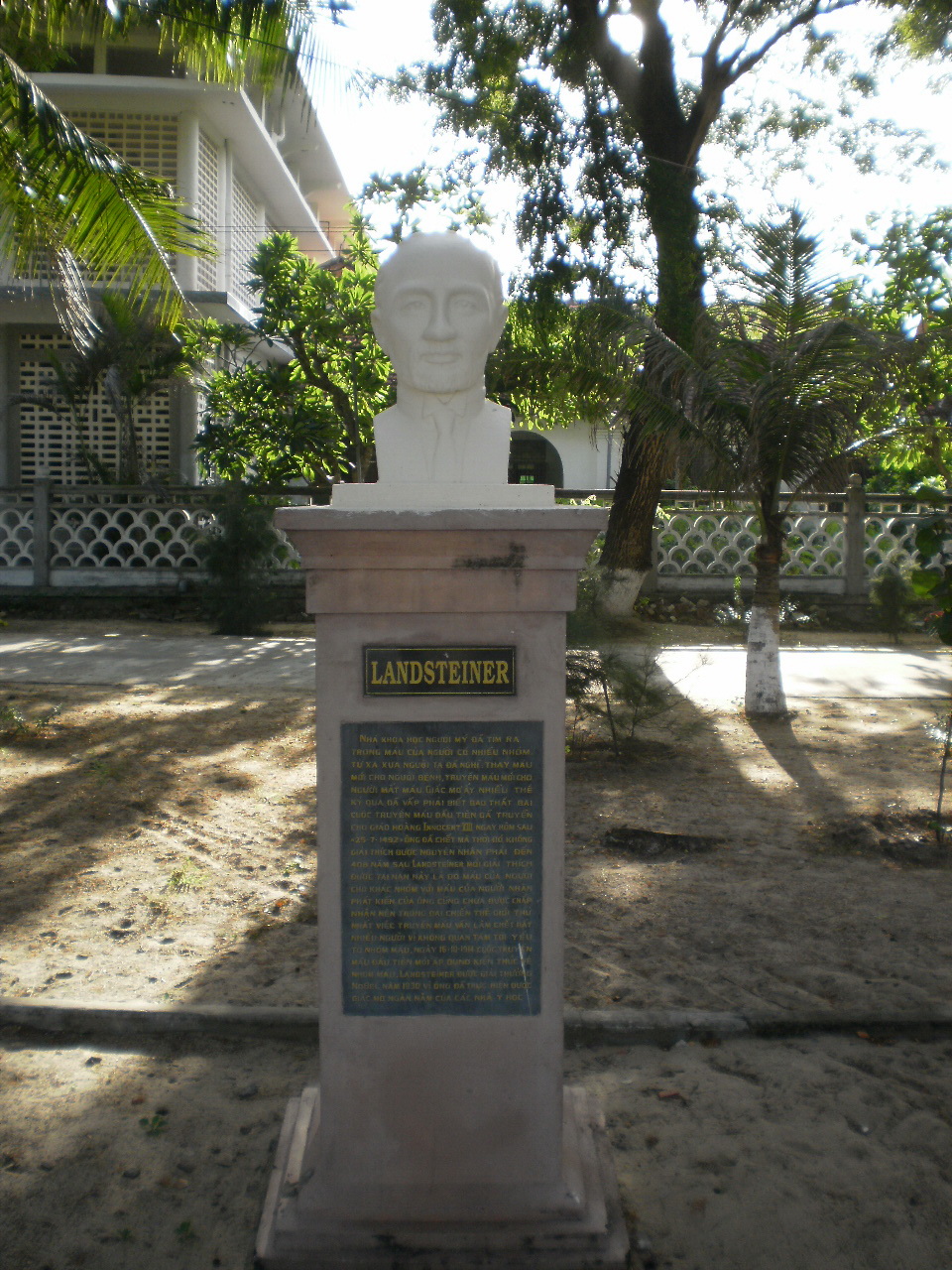
Beyond global observances, Landsteiner is honored in various ways in different countries. In Austria, his image was featured on the 1.00 K ATS banknote from 1997 until the introduction of the euro, acknowledging his status as a national hero. A statue of Landsteiner also stands at the Quy Hoa Leprosy and Dermatology Hospital in Quy Nhon, Vietnam, signifying his global recognition and the universal benefit of his scientific advancements. These commemorations underscore his enduring influence as a scientific pioneer whose work continues to save lives and improve health outcomes worldwide.